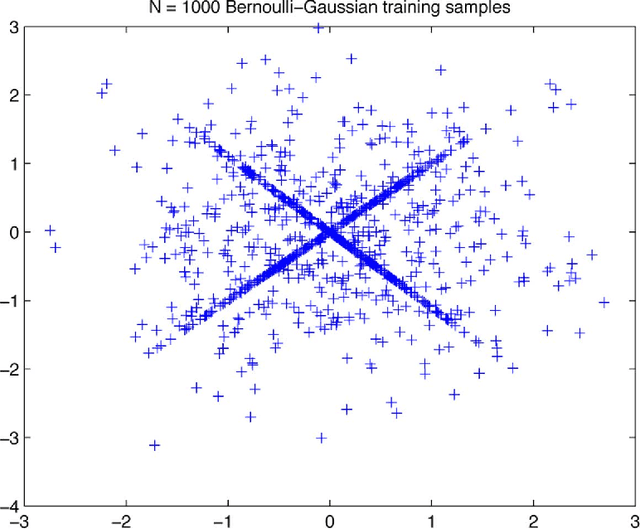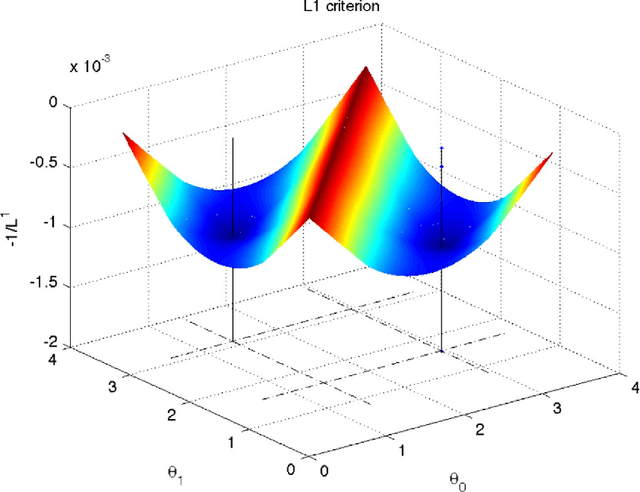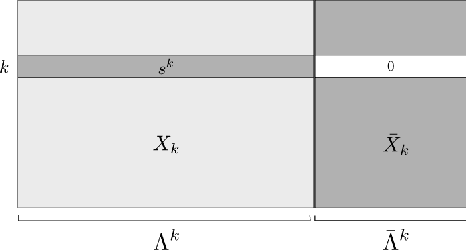Dictionary Identification - Sparse Matrix-Factorisation via $\ell_1$-Minimisation
Paper and Code
Mar 01, 2010



This article treats the problem of learning a dictionary providing sparse representations for a given signal class, via $\ell_1$-minimisation. The problem can also be seen as factorising a $\ddim \times \nsig$ matrix $Y=(y_1 >... y_\nsig), y_n\in \R^\ddim$ of training signals into a $\ddim \times \natoms$ dictionary matrix $\dico$ and a $\natoms \times \nsig$ coefficient matrix $\X=(x_1... x_\nsig), x_n \in \R^\natoms$, which is sparse. The exact question studied here is when a dictionary coefficient pair $(\dico,\X)$ can be recovered as local minimum of a (nonconvex) $\ell_1$-criterion with input $Y=\dico \X$. First, for general dictionaries and coefficient matrices, algebraic conditions ensuring local identifiability are derived, which are then specialised to the case when the dictionary is a basis. Finally, assuming a random Bernoulli-Gaussian sparse model on the coefficient matrix, it is shown that sufficiently incoherent bases are locally identifiable with high probability. The perhaps surprising result is that the typically sufficient number of training samples $\nsig$ grows up to a logarithmic factor only linearly with the signal dimension, i.e. $\nsig \approx C \natoms \log \natoms$, in contrast to previous approaches requiring combinatorially many samples.
 Add to Chrome
Add to Chrome Add to Firefox
Add to Firefox Add to Edge
Add to Edge